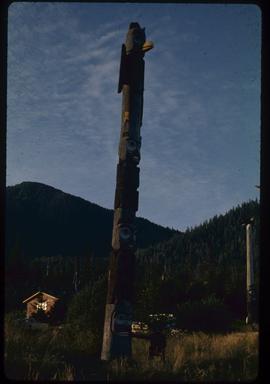From all over the place, cemetery carved gate
- 25-02-11-a037793
- Item
- [196-?]
Part of Anthony Carter fonds
Image of a cemetery, with a large wooden archway at the entrance, a few totem poles, and some crosses. The archway is carved and painted, featuring two whales on either side, and a figure perched at the top between them.
Anthony Carter

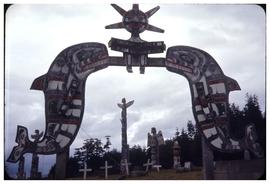
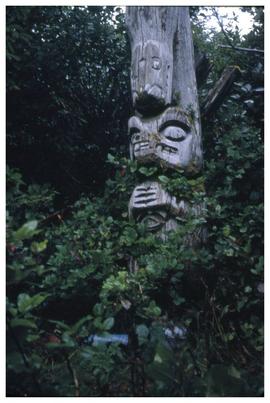
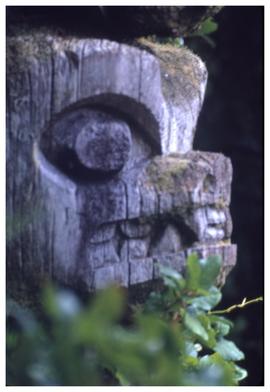
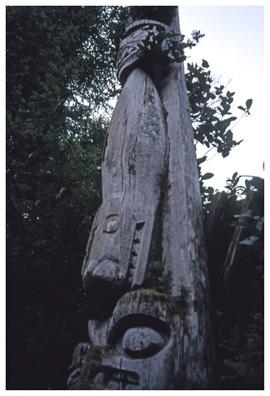
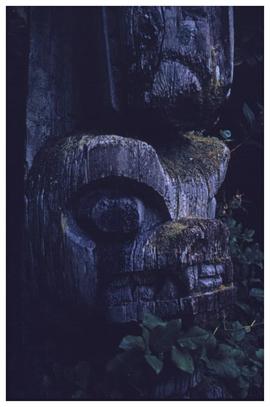

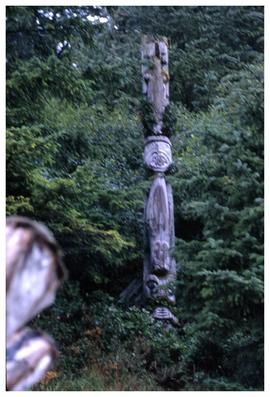


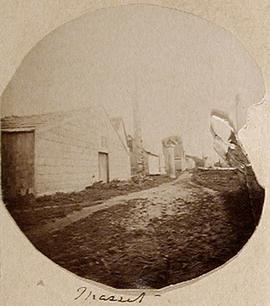

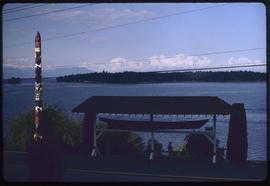
![[Gerry] Marks, UBC](/uploads/r/null/6/d/0/6d08d7c29fb90b5a24559fd75ac4ce2ac6b939f7f73ed56e0f4079e4587996c7/a039543c_142.jpg)
![[Gerry] Marks, UBC](/uploads/r/null/b/b/0/bb027198381a461992d55fac5f5e59159c4c1ca161e2d779928519dbdf1bd4fc/a039544c_142.jpg)
